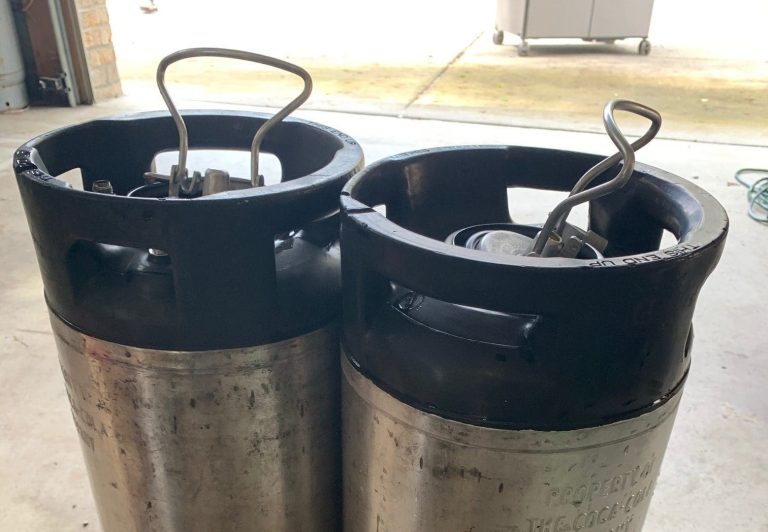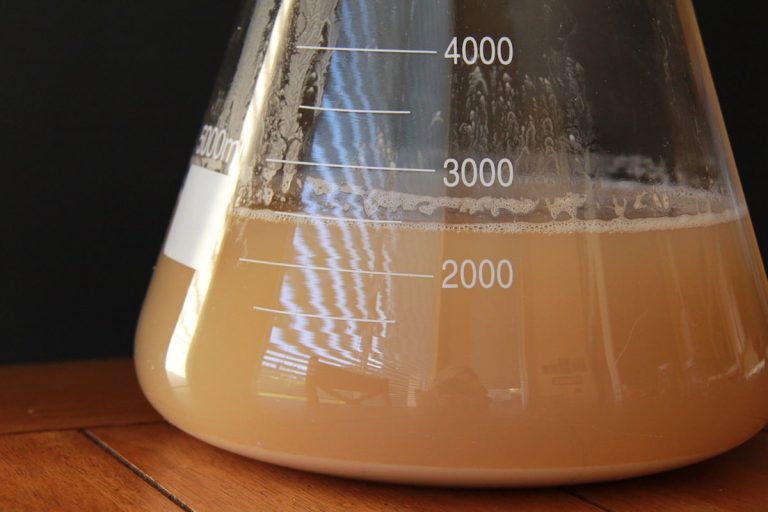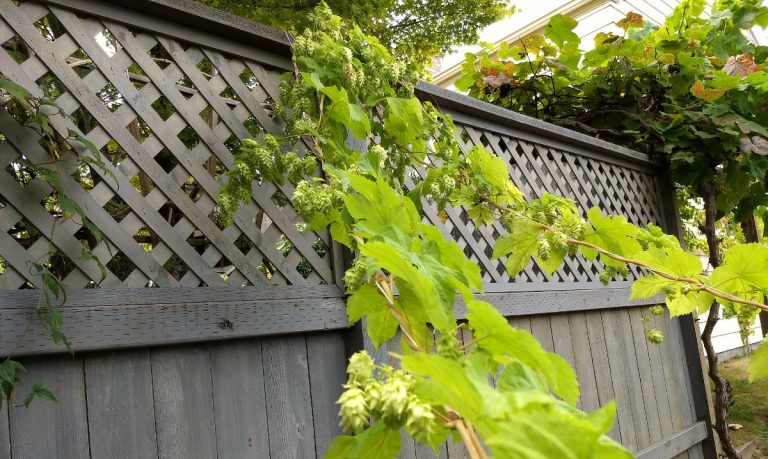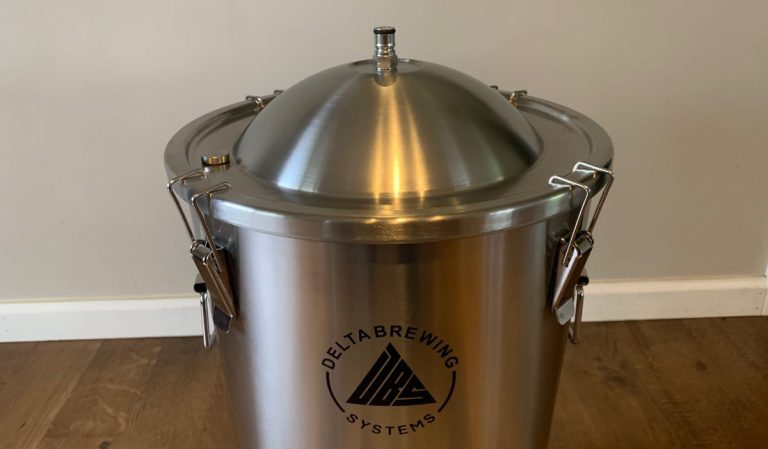How Various Mash Temperatures Impact Your Homebrew
Mashing is a brewing term for the hot water steeping process which hydrates the grains being used, activates the malt enzymes, and converts the grain starches into fermentable sugars. Different temperatures result in different outcomes and flavor profiles within the final beer.
What Happens During Mashing
In the mash there are many enzymes that can be taken advantage of. Enzymes in the mash are not only responsible for the conversion of starch, but also to help lower pH, break down gums and proteins, and help produce yeast nutrients. There are also several enzymes to convert the starches to different types of sugars, some more fermentable than others.
There are seven main types of mash enzymes are:
| Enzyme | Temperature Range | Preferred pH | Function |
|---|---|---|---|
| Phytase | 86-126°F (30-52°C) | 5.0-5.5 | Also called the “Acid Rest”, it used to be used to lower the mash’s pH, but it has been discontinued with the proper use of water chemistry. |
| Debranching | 95-113°F (35-45°C) | 5.0-5.8 | Helps to increase the solubility of starches resulting in increased extraction for certain malts. This enzyme breaks down the 1-6 links in starches. |
| Beta Glucanase | 95-113°F (35-45°C) | 4.5-5.5 | Working within the same temperature range as debranching, this enzyme is best at breaking down gums. |
| Peptidase | 113-131°F (45-55°C) | 4.6-5.3 | Peptidase breaks down the smaller amino acid chains released by proteinase, but only works from the ends, releasing yeast nutrients such as Free Amino Nitrogen (FAN). |
| Protease | 113-131°F (45-55°C) | 4.6-5.3 | This is “protein rest” breaks up large proteins that form haze. |
| Beta Amylase | 131-150°F (55-66°C) | 5.0-5.5 | The final enzymatic process involves the conversion of starches into dextrins and fermentable sugars. The starches must be gelatinized for this to take place. |
| Alpha Amylase | 154-162°F (68-72°C) | 5.3-5.7 | Temperatures above 155°F favor this enzyme, producing a more dextrinous wort, which is less fermentable and results in a fuller body. |
The most common temperature for mashing is 152 °F (67 °C). At this temperature there is a good mix of both Beta- and Alpha-Amylase enzymatic activity that extracts the highest amount of fermentable sugars.
How to Fix Your Mash Temperature
Missing your mash’s temperature can result in thin watery beer, missed alcohol potential or missed style guidelines. However, just because the mash temperature is not correct at the start, doesn’t mean you can’t fix it.
Testing it Right
It is imperative to get a good thermometer. We like the ThermoPro brand, and have the wireless remote version. It gets used for our grill/smoker as well as homebrewing. I love the thing.
After you have the right thermometer, it is important to stir the water and grains if you are adjusting the temperatures. This is doubly important if doing BIAB as the grains inside that bag will hold on to their original temperature for way longer if you don’t stir. While this is an anecdote, there has been plenty of times my kettle has heated up to 170°F, then after stirring everything good, it has dropped back down to below 150°F. Please stir… it’s the only way to ensure you have consistent temperature in your whole setup.
Temp Too Low
By mashing low will give you more fermentable sugars, leaving the beer thin and dry. Leave the mash temp too low (below 140 °F) for too long, then you run the risk of ending up with a “watery” beer that does not taste good.
If your mash temperature is too low, you have the ability to quickly raise it by adding boiled hot water to the mash tun. Add the hot water in small amounts, and stir the kettle/mash tun after each addition. Add enough until your grain’s temperature is at the correct level.
If you are using a Brew-in-a-Bag (BIAB) setup, you can directly heat the kettle with the grains still inside. This works with both propane burners and all-in-one systems. Nylon bags have a melting point of 515 °F (268 °C), so you should be more than safe heating directly in the kettle. I do usually hold up the bag slightly as I turn the burners on to prevent any chance at scorching.
Temp Too High
If your mash is at too high of a temperature (168-170 °F), you’ll run the risk of permanently killing or stalling the conversion process. However, luckily enzymes don’t get destroyed immediately at these temperatures. If you were to try to destroy (denature) the enzymes as with a “mash out”, it would take about 10 minutes to complete.
Another risk of mashing or sparging at or above 170 °F is the extraction of tannins from the grain husks. I’ve had this happen to me occasionally, so it’s definitely possible. As tannins are extracted, they make your beer astringent, which will typically not fade at all as the beer matures. Astringency is an off-flavor that tastes like a mix of bitterness and dryness. Imagine if you sucked on a teabag – that’s what it tastes like. Because of this, I never mash or sparge with any temperature any higher than 165 °F.
Add cold water or ice cubes directly to your mash container to lower temperature. It will take more cold water than ice cubes to get your temperature down, so remember this when it comes time to ensuring you hit your final volume correctly.
If you can’t afford to add extra water to your mash, then the next best option would be to use freezer ice packs or your immersion chiller to get the temperature down.
Benefits of a Low Mash Temperature
Mashing at the low end of the optimal temperature range (142-151 °F) will provide you with shorter and more fermentable sugars in your wort. Once the yeast is added, they will chew through those sugars quickly, leaving a thinner and drier beer. Usually mashes at this temperature end up with a lower final gravity (FG).
Dry beer is usually synonymous with little-to-no sweetness. There are a lot of beer styles that should be thin and dry, but never “watery”.
Thin beers are simply those without that fullness like a New England IPA or Stout. These are typically referred to as “crisp” and are light ales or lagers.
Benefits of a High Mash Temperature
Higher mashing temperatures (152-162 °F) produce longer sugars which are harder for the yeast to eat and convert to alcohol. More sugar will be left over after fermentation resulting in a more full-bodied beer with a higher final gravity (FG).
Discussion
Brulosophy did a test that had the same grist mashed at two different temperatures: one high (161°F), one low (147°F). The higher temp beer resulted in a + 0.009 SG difference between the two. The low mash temp beer had a calculated 4.4% ABV while the high mash temp beer clocked in at a much lower 3.4% ABV. Perhaps higher mash temps are just the ticket for those who prefer making flavorful examples of big beers with lower amounts of alcohol.






